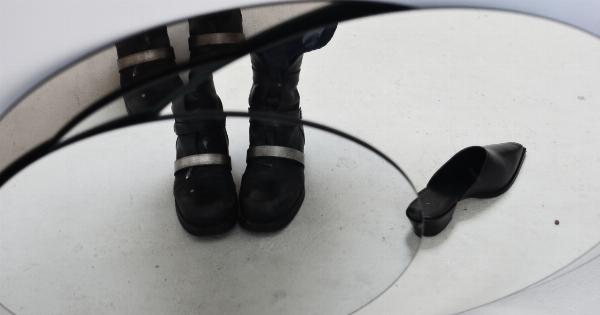High heels have been a fashion staple for decades, often associated with elegance, confidence, and femininity. However, few of us would deny the fact that high heels can also be incredibly uncomfortable, even painful.
But what is the cost of beauty? And how can we reconcile the desire to look great with the need for comfort?.
THE PROBLEM WITH HIGH HEELS
First, let’s look at why high heels can be so troublesome. By forcing the foot into an unnatural position, they place excess pressure on the toes and ball of the foot, leading to pain and discomfort.
They can also accelerate bunion formation and contribute to a host of foot problems, including plantar fasciitis and ankle injuries. Additionally, wearing high heels for extended periods can place extra stress on the knees, hips, and lower back, leading to chronic pain and even degenerative joint conditions over time.
THE HUMAN COST OF HIGH HEELS
The human cost of high heels is not to be underestimated. Despite the undeniable discomfort they cause, many women still feel pressured to wear high heels in professional and social situations.
A study conducted in the UK found that a shocking 80% of women reported experiencing foot problems due to high heels, yet half of these women continued to wear them regardless. Furthermore, high heels have been linked to negative body image, as they can make women feel more self-conscious and less confident in their appearance.
CHOOSING THE RIGHT SHOES
So, what can we do to balance the desire for high heels with the need for comfort and health? One solution is to choose shoes that offer both style and support.
Look for shoes that have a wide toe box, which allows for natural toe spreading and minimizes pressure on the ball of the foot. Also, shoes with a lower heel height (2-3 inches) are generally less problematic than sky-high stilettos. Finally, consider adding arch support or cushioning inserts to your shoes, which can help absorb shock and reduce strain on the feet and joints.
THE IMPORTANCE OF PROPER FIT
Another crucial factor to consider when choosing shoes is proper fit. High heels that fit poorly can cause even more pain and discomfort, as well as contribute to long-term foot problems.
Be sure to measure your feet regularly to ensure a good fit, and try on shoes in the afternoon or evening when your feet may be slightly swollen. Also, pay attention to the width and length of the shoe, as well as the arch support, to ensure maximum comfort and support.
TIPS FOR WEARING HIGH HEELS
Of course, even with the right shoes and proper fit, high heels can still be difficult to wear for extended periods. Here are a few tips to help make the experience more manageable:.
- Start with shorter heel heights and work your way up gradually.
- Stretch your feet and calves regularly throughout the day.
- Avoid standing or walking for long periods in high heels.
- Consider alternate shoe options, such as wedges or block heels, which offer better stability and support.
THE BOTTOM LINE
High heels may be a fashion staple, but they don’t have to come at the cost of comfort and health.
By choosing shoes that offer both style and support, paying attention to proper fit, and taking breaks when needed, we can enjoy the beauty of high heels without sacrificing our wellbeing. And if all else fails, remember- flats are always in style!.


























